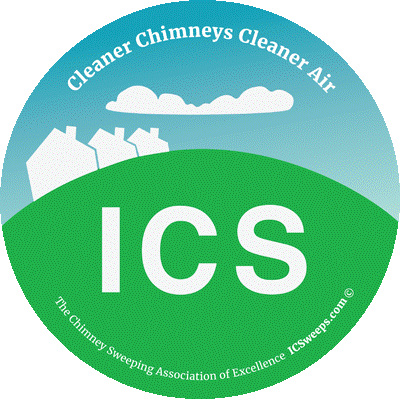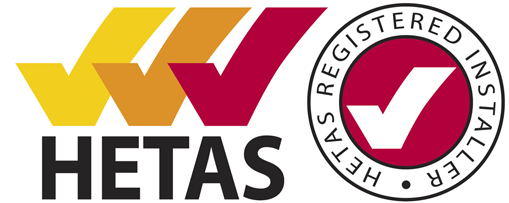Fotheringhay Woodburners typical stove and liner installation schedule
This breakdown shows an example of the work involved in a Fotheringhay Woodburners installation of a stove and flexible stainless steel flue liner. Please be aware that this gives an overview and that each installation is bespoke.
- Remove old appliance and associated flue pipes, closure/register plates and flue liner (where applicable).
- Chimney sweeping.
- Our recommended tradesmen will carry out any fireplace alterations, building work or stonemasonry.
- Manufacture closure plate and other steelwork and prepare all other materials including painting stainless steel flue pipes at Fotheringhay Woodburner's workshop.
- Install closure plate sealing to masonry using temperature resistant silcone.
- Install chimney liner using a cherry picker or scaffolding to access the top of the chimney. We no longer use ladders and self build platforms as these carry higher risk of accidental injury to us and others and of damage occuring to materials such as flue liners which can be dented quite easily if not handled carefully during installation.
NB: If there are essential works to the chimney that become evident when we first access the top we will point these out to you and carry them out as necessary. - Fit bottom liner fixings and seal/fix the bottom of the liner in place.
- Fit stove and stainless steel connecting flue pipes. This will be done to allow the stove to be removed easily in the future without disturbing the flue liner should this become necessary.
- Fit stainless steel top liner fixing components securely so that the liner cannot slip or come loose. The weight of the lining hangs from the top of the chimney so it must be fitted properly. We use a separate stainless steel birdguard cowl in case this needs to be changed, for example if operational difficulties with the stove necessitate a different type of cowl.
- Fit new chimney pot as necessary and insulate the liner inside the chimney pot to minimise the risk of condensation/tarring occurring during use.
- Fit airbrick to supply combustion air to the appliance (as necessary).
- Commission the appliance and explain to the client how to use and maintain it. This includes lighting the stove and running it to operating temperature to ensure it works correctly. Draught readings will be taken to ensure there is sufficient draw for correct operation of the stove and are recorded for reference. The paint will be cured during this process which can create smoke in the room as it heats up and softens before it bakes hard as the stove cools.
- Complete compliance and other paperwork as necessary to be submitted to Building Control via HETAS. Fit chimney notice plate and carbon monoxide alarm.



